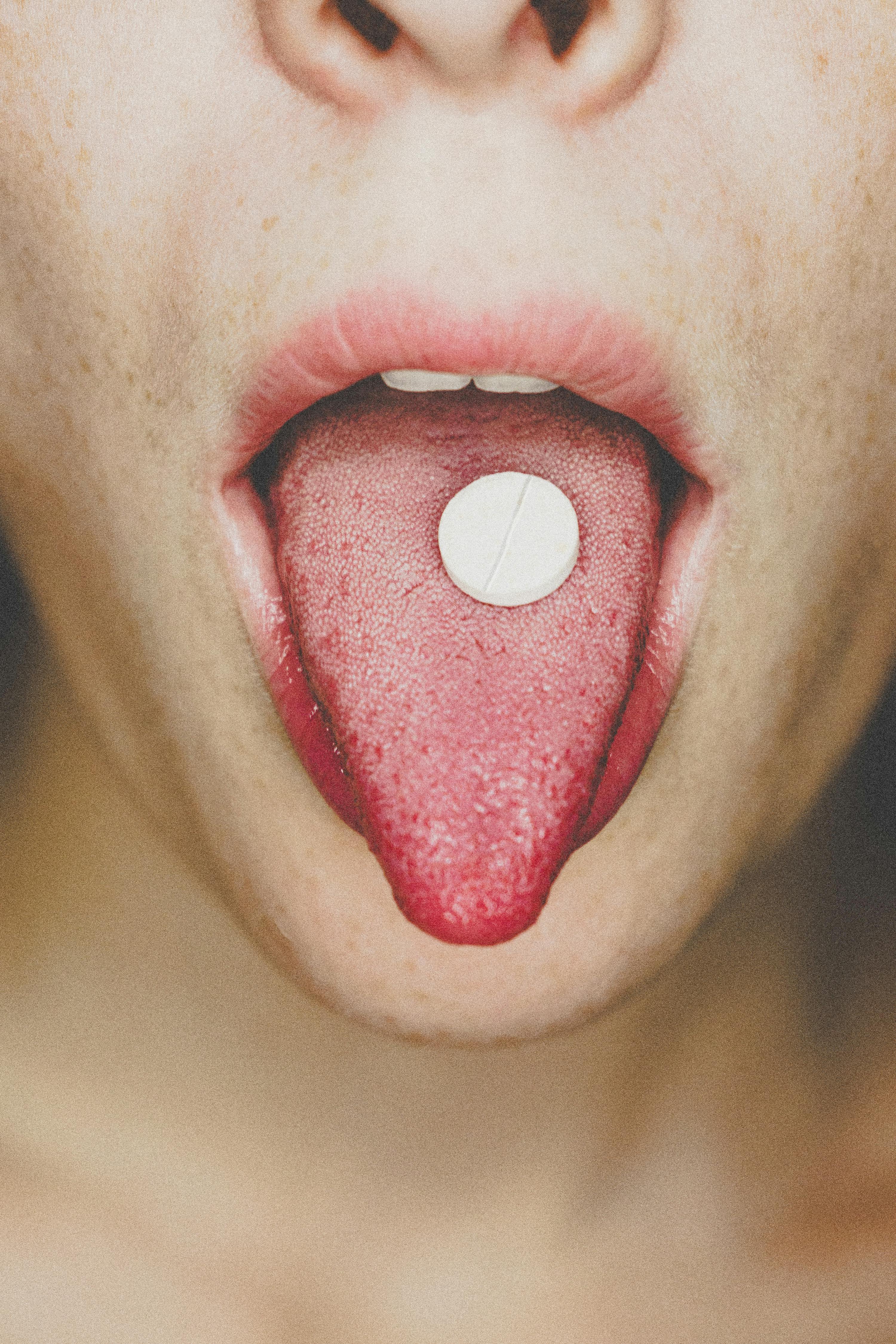Effective Ways to Clean Hearing Aids for Better Sound Quality in 2025

Effective Ways to Clean Hearing Aids for Better Sound Quality in 2025
As technology continues to evolve, keeping your hearing aids clean is crucial for optimal performance. With recent advancements in hearing aid design, users now have access to more efficient devices. However, the importance of proper maintenance remains unchanged. Regular cleaning not only enhances sound quality but also extends the lifespan of these assistive listening devices.
This article will explore effective cleaning techniques, the best products for hearing aid hygiene, and essential maintenance tips tailored for users in 2025. By the end, you'll emerge with a comprehensive understanding of how to care for your hearing aids, ensuring they provide impeccable sound and last longer.
Key takeaways will include specific cleaning tools, frequency of maintenance, and common mistakes to avoid while taking care of your hearing aids.
Daily Care for Hearing Aids: Establishing a Routine
Establishing a daily care routine for hearing aids is the first step towards ensuring their longevity and performance. Proper audio devices require routine maintenance, just like any other technology. A simple yet effective cleaning routine can help prevent buildup and coincide with your daily habits.
Morning Cleaning Ritual
Start each day by checking and cleaning your hearing aids. This could involve using a dedicated cleaning brush to remove any dirt or debris accumulated overnight. This will help maintain the device's performance and clarity. Additionally, inspecting the ear tips and receivers for any wax buildup is crucial; regular maintenance can reduce the chances of blocked sound output.
Moisture Removal Techniques
Moisture is among the biggest culprits for hearing aid damage. After you remove your hearing aids, allow them to dry in a designated place before placing them in their storage case. For added protection, consider using desiccants or a hearing aid drying kit, which absorbs moisture and keeps your devices dry overnight.
End-of-Day Inspection
At the end of the day, give your hearing aids another thorough clean. Look for any signs of wear or wax buildup, and make cleaning part of your winding down routine. Remember, taking just a few extra minutes to care for your hearing aids can yield significant benefits in sound quality and lifespan.
Following these steps will lead us to discuss more advanced cleaning techniques in the next section.
Essential Cleaning Solutions for Hearing Aids
Once you've established a regular cleaning routine, employing the right cleaning solutions becomes vital for effective hearing aid maintenance. Many users may wonder what products are safe to use and how they can avoid damaging their devices while cleaning.
Proper Cleaning Techniques for Hearing Aids
Proper cleaning techniques include using soft cloths and brushes designed specifically for hearing aids. Avoid using any abrasive cleaners or materials, as these can scratch or damage sensitive components. For more thorough cleaning, consider using specialized hearing aid cleaning solutions that are formulated to be safe for these devices.
Using Alcohol Safely
While alcohol can be an effective cleaning agent, it is essential to use it carefully. Dampen a cloth with alcohol and gently wipe the outer surfaces of the hearing aids. However, avoid getting alcohol into the microphone and receiver openings as this can lead to damage. It’s worth noting that excessive use of alcohol can also deteriorate the plastic components over time.
Cleaning Hearing Aids with Vinegar
For those keen on natural cleaning solutions, vinegar can be an effective option for hearing aid hygiene. Mixing equal parts of vinegar and water and using a soft cloth to wipe the device can help remove wax and moisture. Just remember to rinse any remnants with a damp cloth afterward to avoid residual vinegar scent.
Now that we've explored various cleaning solutions, let's transition into cleaning accessories that can enhance the maintenance process.
Must-Have Hearing Aid Cleaning Accessories
Utilizing the right accessories significantly streamlines the cleaning process and improves hearing aid hygiene. Investing in quality hearing aid cleaning tools can save time and ensure your devices are properly maintained.
Hearing Aid Cleaning Kits
Many brands offer comprehensive hearing aid cleaning kits that come equipped with brushes, wax removal tools, and cloths. These kits make it simple to keep your hearing aids clean without needing to purchase multiple individual cleaning tools. Regular use of these kits can prevent wax buildup and ensure optimal sound quality.
Wax Guards and Filters
Another essential accessory is wax guards or filters that serve to trap earwax before it enters the hearing aids. Regularly changing these filters will not only enhance sound clarity but also prevent costly repairs. It’s recommended to check and replace the filters every few weeks as part of your routine care.
Ultrasonic Cleaners
For those looking for a deeper clean, ultrasonic cleaners present an option that uses high-frequency sound waves to remove dirt and bacteria from hearing aids. While more of an investment, this method effectively cleans intricate parts of the device that are harder to reach by hand.
With the cleaning accessories well covered, the subsequent section will delve into best practices to ensure that the cleaning process does not damage the hearing aids.
Best Practices for Safe Hearing Aid Cleaning
Cleaning hearing aids must be done with caution to avoid damaging sensitive components. Understanding the best practices for safe cleaning is essential for every user.
Avoiding Common Cleaning Mistakes
One of the most common mistakes is using excessive force during cleaning, especially on delicate parts. Gentle motions and soft tools are crucial. Additionally, many users overlook the importance of drying their devices before storing them away; moisture can lead to severe damage over time.
Regularly Checking for Dirt
Checking your hearing aids for dirt and debris should become a part of your daily hygiene. Inspecting the microphones and receivers for dirt buildup will save you headaches later on. If neglected, dirt can obstruct sound pathways and cause performance issues.
Professional Hearing Aid Cleaning Services
While home cleaning routines are critical for upkeep, periodic visits to professional hearing aid services can provide a deeper clean. These specialists have access to advanced cleaning technology and can spot issues or parts requiring replacement. Taking your hearing aids for a professional clean at least once a year is highly recommended for longevity.
Following these best practices ensures you aren't just cleaning your hearing aids but also enhancing their performance, leading us into a discussion about troubleshooting common issues in cleaning.
Troubleshooting Cleaning-related Issues
Despite our best efforts, challenges may arise in maintaining hearing aids. Understanding common cleaning-related issues can empower users in their maintenance journey.
Dealing with Earwax Buildup
Earwax buildup can be a significant issue that hampers sound quality. Should you encounter this problem, it's essential to use specialized wax removal tools to gently clean the device without damaging it. Home solutions can also include using soft brushes and specialized wax guards that prevent deep buildup.
Identifying Damage from Cleaning
If you notice a gradual decline in sound quality or a sudden change in your hearing aids' performance, it could be due to minor damage caused during cleaning. Straining or over-cleaning devices can damage microphones or other components. Regularly inspect for any cracks or degraded areas that might require repair.
When to Seek Help
For persistent issues concerning performance or functionality, it’s crucial to consult with a hearing aid professional. They can suggest repairs or replacements, and provide insights into improving your cleaning practices to prevent future concerns. Regular check-ins will ensure that small problems don't become larger issues.

Conclusion: Prioritizing Hearing Aid Care for Longevity
In conclusion, effective cleaning and maintenance of hearing aids are essential for achieving the best sound quality and prolonging the life of these assistive devices. By establishing a daily care routine, utilizing the right cleaning solutions and accessories, and following best practices, you can significantly enhance your hearing experience.
Remember to regularly check for issues and consult with hearing professionals for in-depth care. By prioritizing proper cleaning and maintenance, you not only enjoy clearer sound quality but also ensure the longevity of your hearing aids.
```